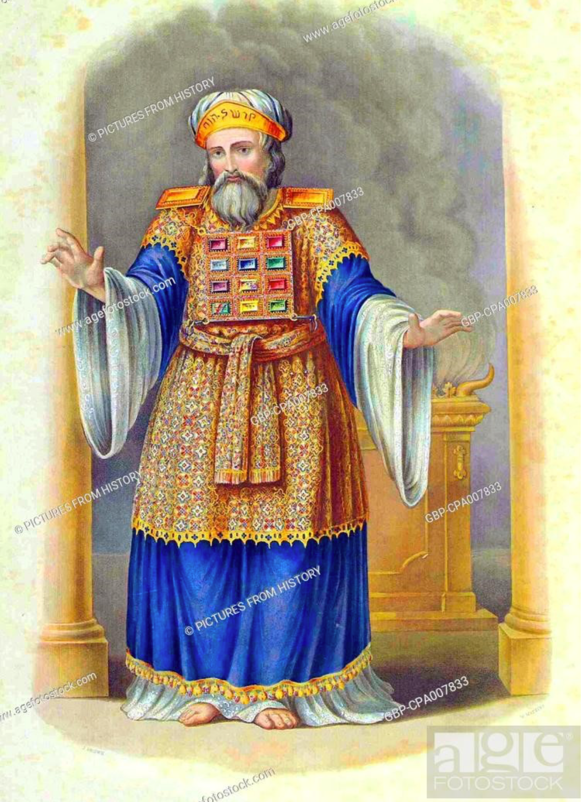Shabbat Tetzaveh Shalom
Feb 11, 2022
God-the-Mother, God-the-fashionista, clothed Adam and Eve in “light” or in “leather skins,” and now, God commands Moshe to clothe his elder and more eloquent brother Aharon in the most kingly of garments—each item of which must be woven, sewn, polished, or hammered by only the “wisest” among us, and by those who can work with complete intentionality, kavannah. The Kohen Hagadol is God’s “servant,” but he also represents God’s majesty. Aharon’s visible presence is wildly, exotically, colorful and intricately jeweled, like a “rainbow in a cloud”(see Aviva Gottlieb Zornberg’s chapter on this parsha in “The Particulars of Rapture. Reflections on Exodus.” And, as he walks, little golden bells tinkle. The Ramban writes:
“In my opinion an explanation for the commandments of the bells (upon the robe), since there was no need to wear them, nor are they customary among dignitaries. Therefore He said that He commanded that they be made in order that the sound therof be heard in the Sanctuary, that the priest enter before his Master as with permission. For he who comes into the king’s palace suddenly, incurs the penalty of death according to the court ceremonial, just as we find in the case of Ahasuerus.”
Whenever I remark upon the beauty of birds and their exquisite songs—beasts too, each one so grand, whimsical, amazing; whenever I again decide how unexpectedly well green grass “goes with” the blue of the sky and sea; when I am once more struck speechless by a profusion of earthly flowers of so very many shapes and shades; I am overcome by God’s sense of color which so clearly informs this parsha.

